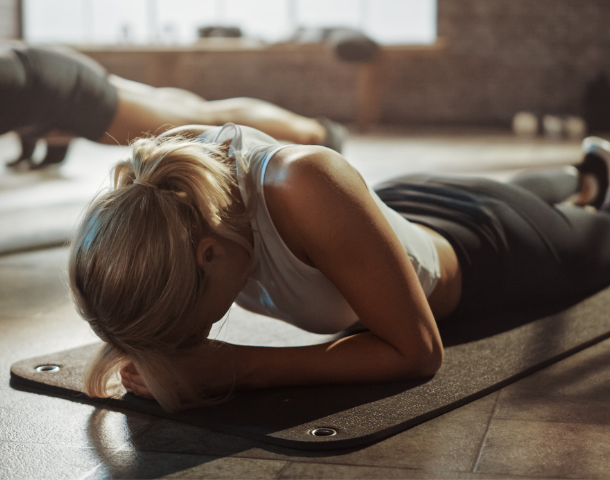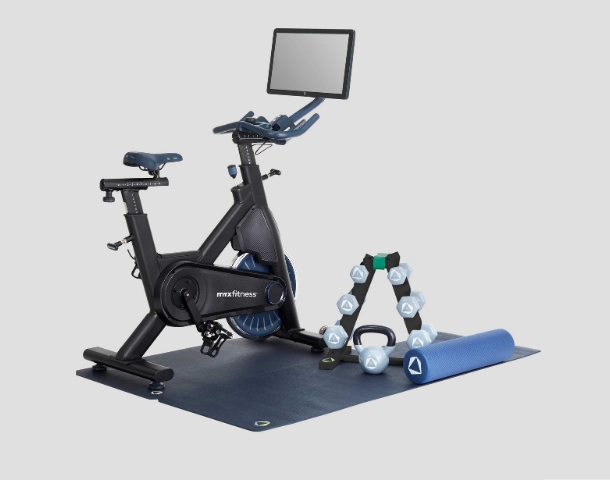
I’m in Good Shape—So Why Do I Still Get Out of Breath Walking Up Stairs?
And the steeper the stairs, the harder they’re going to have to work, Hart says, since taking bigger steps requires you to recruit a greater number of muscle fibers. Like we mentioned, your body needs oxygen to supply your muscles with energy; the more in play, the more oxygen you’ll need to sustain that effort—hence the increased breathing you may notice when tackling stairs.
3. You’re tapping into different types of muscle fibers.
Speaking of muscle fibers: When you’re doing easy aerobic activity, like walking on even ground, your type one fibers, or endurance-based slow-twitch ones, help you along. But when you start climbing stairs, you engage your type two fibers—a.k.a. your fast-twitch ones, which support powerful movements like lifting heavy weights or sprinting.
This can lead to the buildup of hydrogen ions and carbon dioxide in your muscles and blood; you need oxygen to clear that out to help stop fatigue from creeping in. This higher demand forces your body to respond by increasing your heart rate and breathing rate, which is why you may arrive at the top of the staircase huffing and puffing, Hart explains.
If your workout routine is heavily focused in the endurance space—like steady-state running, biking, walking, or swimming, which trains type one muscle fibers—your body might not be as used to engaging type two fibers as, say, someone who lifts heavy weights or does explosive exercises like sprints or plyometrics. So when it comes time to use them to climb a flight of stairs, it’s going to be that much more taxing on your body.
4. The effects of gravity are real.
Stair climbing may seem easy since it’s essentially just walking, right? Well, the key difference is gravity. When you’re strolling on flat ground, you’re propelling your body forward. But when you’re walking up stairs, you’re moving forward and up. Most people take bigger steps—and lift their hips higher—to do this, which engages more muscle fibers, says Hart. At the same time, gravity is doing its best to pull you back down, and your muscles have to work overtime to surmount that resistance, as SELF previously explained.
All this increases the amount of work your heart needs to do, Dr. Lala says. As Hart puts it, your heart rate and breathing rate will then amp up to supply your body with the oxygen to complete that extra work.
5. You haven’t actually trained for stair-climbing.
There’s a principle in exercise called “specificity,” which basically just means your body adapts to the very particular demands you place on it, Hart explains. This means that if you want to become a better runner, you need to run regularly; spending hours on other forms of endurance exercise—like riding your bike or logging laps in the pool—just won’t be as effective.
Same goes for stair climbing: Even if you’re doing movements that train those type two muscle fibers—like squats, deadlifts, and leg presses—those exercises are still not the exact movement and probably won’t carry over as well as actually climbing stairs would, Hart says. So unless your workout or daily life includes ascending a whole bunch of steps, it’s no wonder tackling a staircase will feel hard and fatiguing when you have to do it.
But there are some cases where breathlessness can hint at a problem.
In general, feeling tired and breathless at the top of a staircase can be totally normal and not a sign of anything concerning. But there are a few instances in which stair climbing fatigue does warrant a check in with your doctor:
Related Articles
2023 Healmyselfnow @ All Rights Reserved


